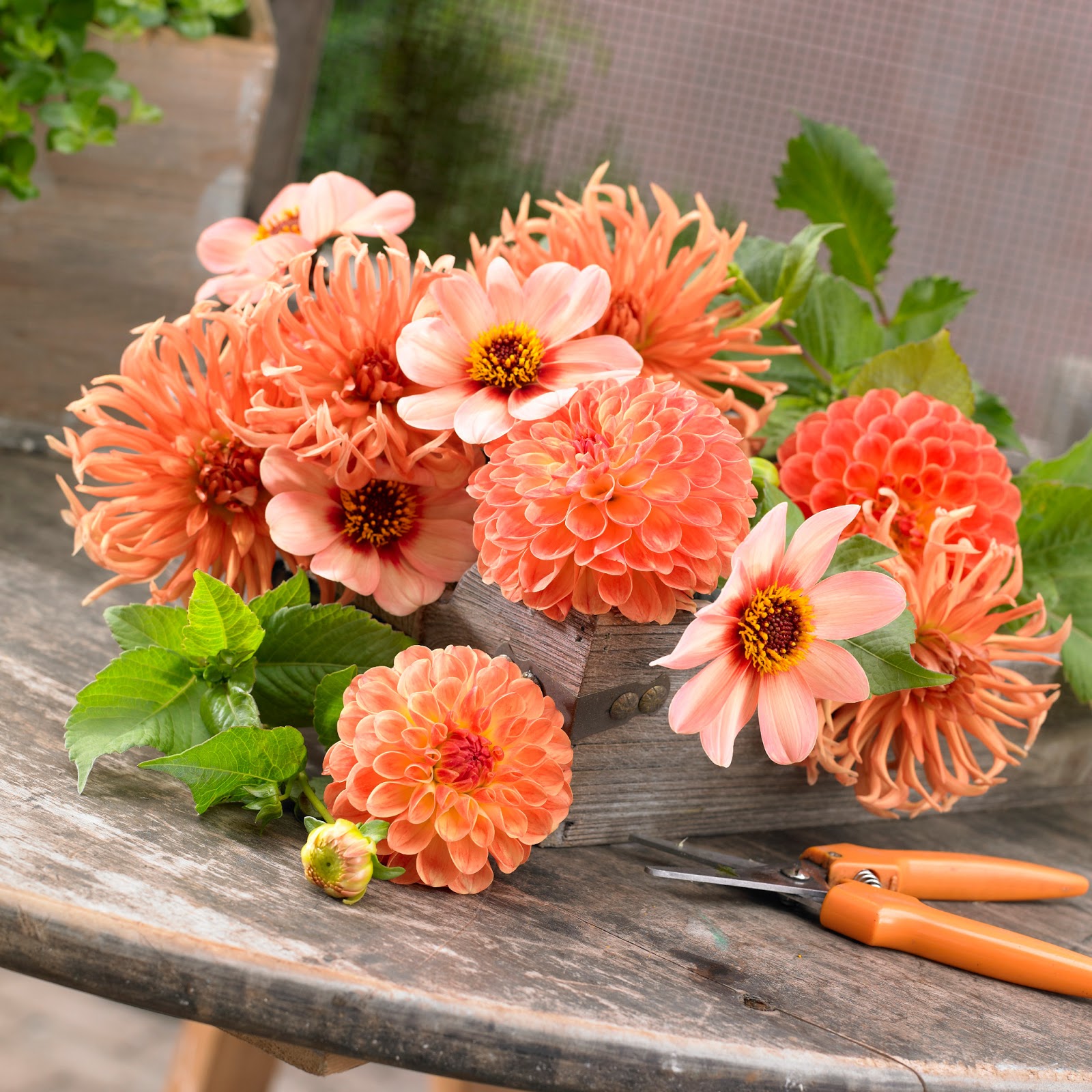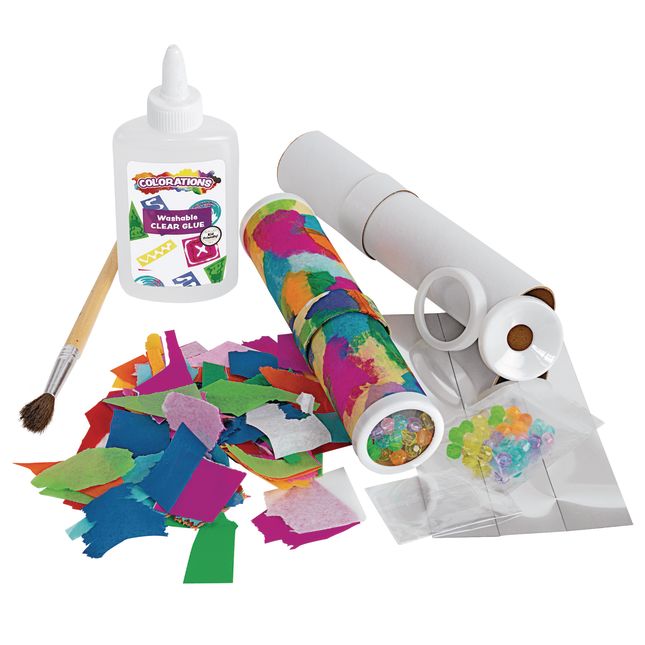

If you’re looking for inspiration, here are a few concrete examples of ways you might use overrides to maintain consistency in your design system.ġ) Create a realistic list of information - Working on a simple to-do app or a complex table view for a dashboard? Create a single “cell” component and override the text in each separate instance to add unique data.Ģ) Show a button in different states - Need to show different states of a button after user behavior (hovering, pressing, ignoring, etc)? Use a single button component and override its background color (or text opacity…or drop shadow…or whatever you’d like!).ģ) Build an address book with photographs - Want to create an address book with different people’s profiles? Override the fill from a circle component with placed images - like photographs - to customize each avatar.

In Figma, you can override a nearly endless number of properties in an instance, including: As a result, when you adjust the parent component, the instance will continue to inherit those changes - while maintaining its distinct differentiators. You can change things like the background color, font, stroke, or other properties in an instance, and the instance will still stay connected to the original parent component. Overrides work exactly how they sound - by allowing you to “override” properties of a design instance without breaking it apart from its parent component. That’s where Figma’s component overrides function comes in handy. Instead of forcing you to build these particular instances from scratch, design tools should make it easy for you to tweak the original component, while still maintaining your design system. Maybe individual list items will have different lines of text, or the background color on a status bar will change if a user hovers over it. You might use the same foundational components everywhere, like lists, avatars or status bars, but you’ll still need to tweak and adapt instances of them depending on context. This week we cover “component overrides.” If the concept of “Components” in Figma is new to you, we recommend first reading our Support article on Components here or our original Components announcement blog.ĭesign systems must strike the right balance between flexibility and consistency. Read the rest of the issue.In the Figma Feature Highlights series (see 1 and 2), we’ve been showcasing Figma’s super powers with ideas on how to use them. This article originally appeared in the September 2018 issue of Chicago Parent. Look through the hole and spin the kaleidoscope to see the images change. Once dried, place the plastic lid on the top of the canister. Use construction paper, duct tape or whatever you like to decorate the outside of the Pringles canister. If you have multiple plastic lids, you can create different options to use on your kaleidoscope.

With markers, sequins and glue, decorate the inside of the plastic lid. Use a piece of tape or glue to adhere it on the inside.

Roll up your shiny paper or mirror paper to insert into the inside of the Pringles can, with the shiny side exposed inside the can. The hole should be about ¼ inch in diameter. Remove the plastic lid, but keep! Using a screwdriver or sharp tool, poke a hole in the center of the metal end of the Pringles canister. Materials:Įmpty and wipe out the inside of the Pringles can. While store-bought kaleidoscopes are great, try to make your own and learn a lesson about light and reflecting surfaces at the same time. The term is derived from ancient Greek meaning observation of beautiful forms. Created in 1817 by a Scottish inventor, kaleidoscopes are based on the principle of multiple reflections at different angles.


 0 kommentar(er)
0 kommentar(er)
